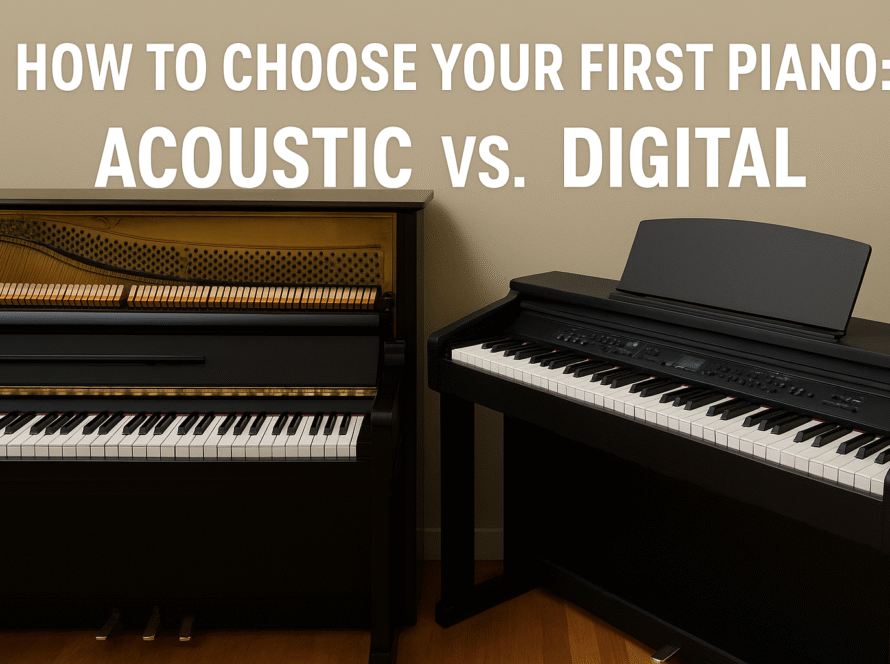Everybody who buys a piano wishes to keep their piano in a good condition for many years. But some piano owner overlooked some of the simplest methods of taking good care of their piano – turning on the piano heater. In this article, we will be talking about keeping your piano dry.
Piano Heater’s location and function
Before we start talking about the importance of piano heater, many people might have bought their piano without knowing that there is a heater fixed at the bottom part of your piano. Some of them might even ask, why does an acoustic piano has a power cable sticking out from the bottom part of their piano.
A piano heater is a long metal rod that is usually fixed at the bottom part of your upright piano and right behind the fall-board of your grand piano. The heater’s function is to keep the interior of you piano dry and protects any piano parts that is weak to water.
These photos will show you what a piano heater looks like and where they are located.
Piano Heater’s importance
Piano Heater is extremely important especially in a humid country like Malaysia. If you are in an area that rains frequently, there is a high chance your piano action will be damaged by all the humidity around it. The piano action is the part where it connects your movement on the keys to the strings. Read below for all types of damage dealt.
Types of damage done without Piano Heater
- If the action is humid and damp, the felt will expand and cause the mechanism to be non-responsive or stuck.
- Any metal part will also get rusty which could cause the sound to be muffled.
What type of Piano Heater should you use
A good heater would be controlling the humidity level around 60-70%. At a normal area, we strongly recommend you to use a 15 watt heater and a 25 watt heater at a rainy area.
You should never use a heater that is overheating your piano. An overheating piano would cause the glue joint to come off, causing all sort of malfunction in your piano’s mechanism. Your piano’s felt would also harden causing unnecessary sound. The worst case would be having your piano’s wood to crack. Depending on which part of the wood is cracked, the repair fees might be expensive.
Keeping the piano heater on
Keeping the piano heater on is simple yet a lot of people would overlooked it. You might think that it is fine not to turn on the heater for a couple of days. Our recommendation on this would be “Why risk it?” A piano can last for ages if taken good care, less reparation needed to be done and you can even get a better price when you wished to sell your piano in the future.




